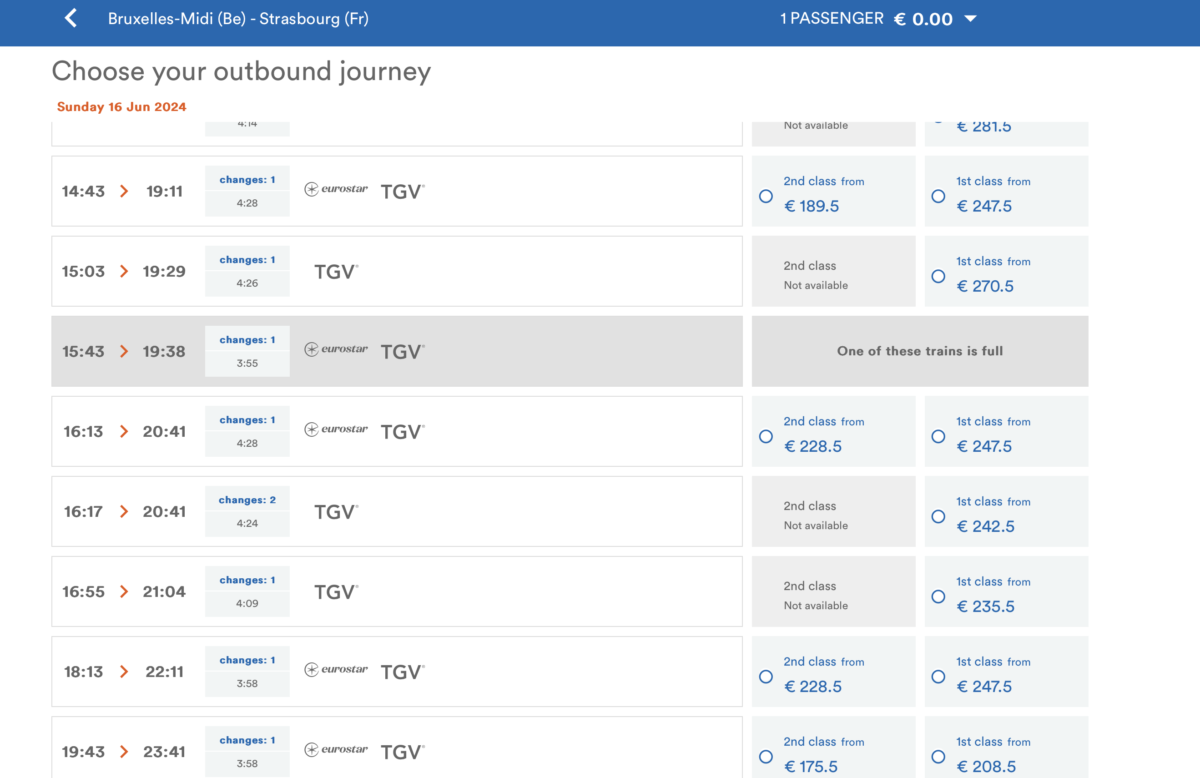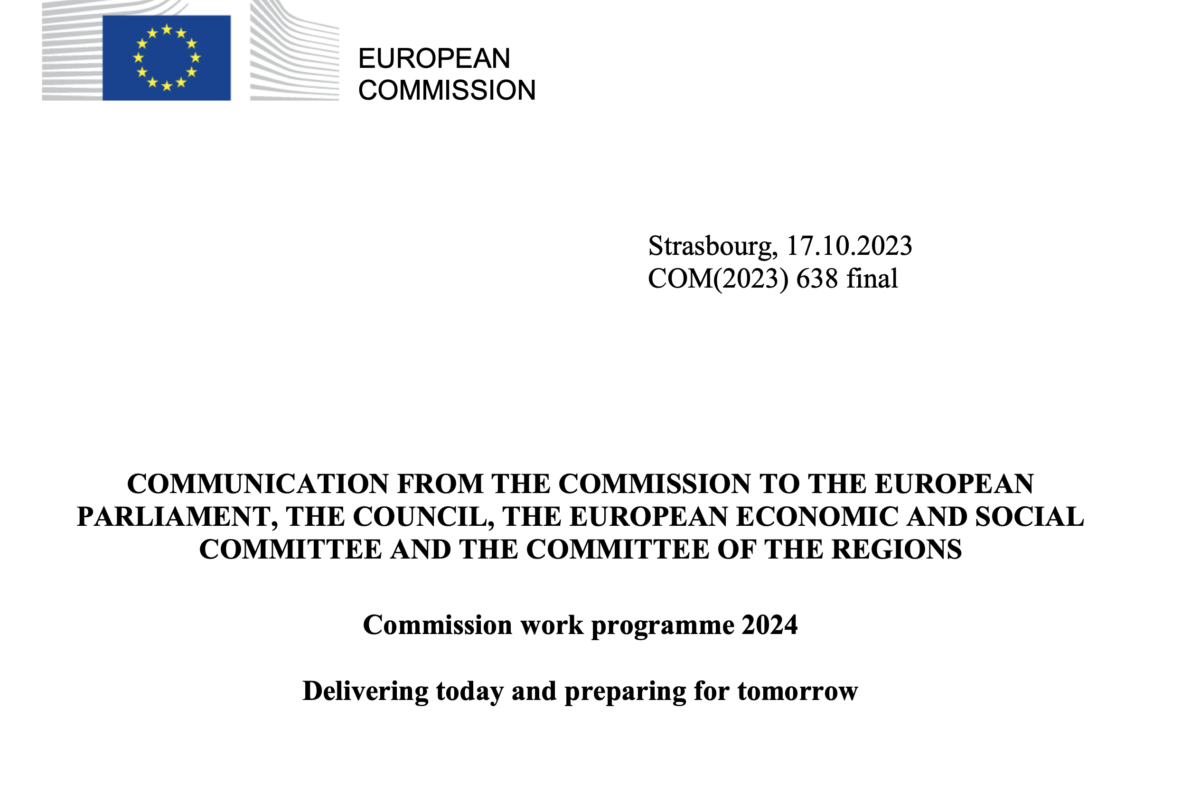If you want to influence the policy agenda or legislative text, you need to turn up on time. It is hard to catch the right train if you turn up after it has left the station. A lot of people get angry when they can’t jump onto a moving legislative train. I may be stating the obvious, but turning up late, or not all, is way too common. Over the decades I’ve come across interests, both industry and NGOs, who did not get what they wanted, because they turned up too late, or at all. Here are some of what could be too many examples.
- Meeting the Rapporteur on the day his report was being presented to the Committee. And, then being surprised their position was not reflected in the final EP’s position.
- Asking a Head of Unit to cancel a Member State Committee meeting and vote in 2 months until an industry group had come to an internal position. The Head of Unit thought it was humour but was shocked to discover it was not.
- A group of NGOs missing the Inter-Service Consultation process, and thinking the College of Commissioners would be moved to act when the NGOs woke up to the issue on a Tuesday for an item being adopted without discussion on a Wednesday.
- A regulatory decision going against someone when they had decided to sit the whole procedure out.
The timetable for most proposals are clearly marked.

In the EU, just read to read the Commission President’s Political Guidelines, Commissioner Mission Letters, and the first Work Programme to know if your issue is going to come up. If you then just glance at Have Your Say, and speak to officials and politicians working in your area, you’ll know about 2 years out before a proposal comes out the door.
For some files, the journey start years before. Many Regulatory scientific decisions come at the end of several years of scientific debate and scientific advisory committee deliberations. If you don’t get the right science on the table early on, there is little you can do to influence the final outcome.
The tricky point is that the 11 key moments in the adoptionof proposal are not made public until after the proposal is adopted. You’ll have to rely on a good network to let you know when to step in.
The 10 are: (1) adoption Political Guidelines, (2) adoption Mission Letters, (3) adoption of the Work Programme, (4) Validation for the launch of an initiative, (5) Meetings of the Task Force, (7) Meetings of the Inter-Service Steering Group, (9) Start of Inter-Service Consultation, (10) early discussions between Services and Cabinet on the proposal (11) decision of the RSB (which you can only influence through your submission to the public consultation).

There are simple things you can do:
-
Have your legislative package sitting in your filing cabinet. Just dust it off when your issue turns up . All you need is your solution, evidence and legal text ready to go.
-
8 Weeks after a proposal is adopted you need to have your position, amendments, evidence, and outreach ready to go. Personally, I think 4 weeks is better.
-
Ban navel-gazing activities. See below.

There seem to be some basic reasons why people don’t step in on time, or at all:
-
They don’t even know anything is happening.
-
They are too busy in internal meetings to bother communicating their position to anyone who can make a difference to the outcome.
-
They can’t agree amongst themselves. And, instead spend endless hours of internal navel-gazing trying the agree. Ignoring that in the meantime the text has been signed off.
If you want to be ignored, try 1, 2, or 3. It will near guarantee* you are ignored in the policy and legislative process.
*There are exceptions to this general rule.